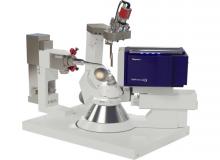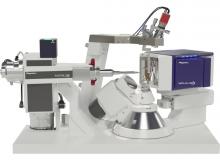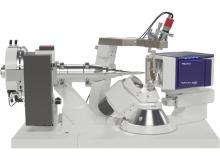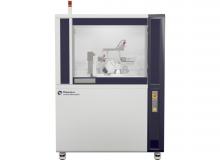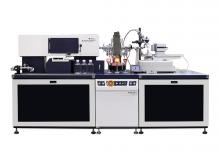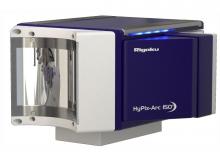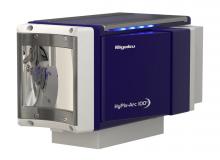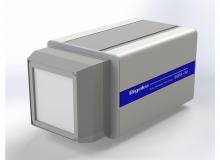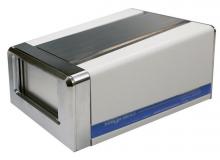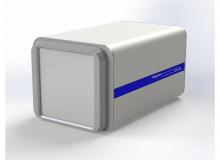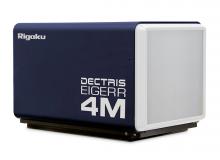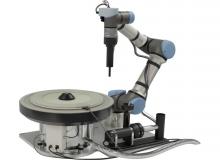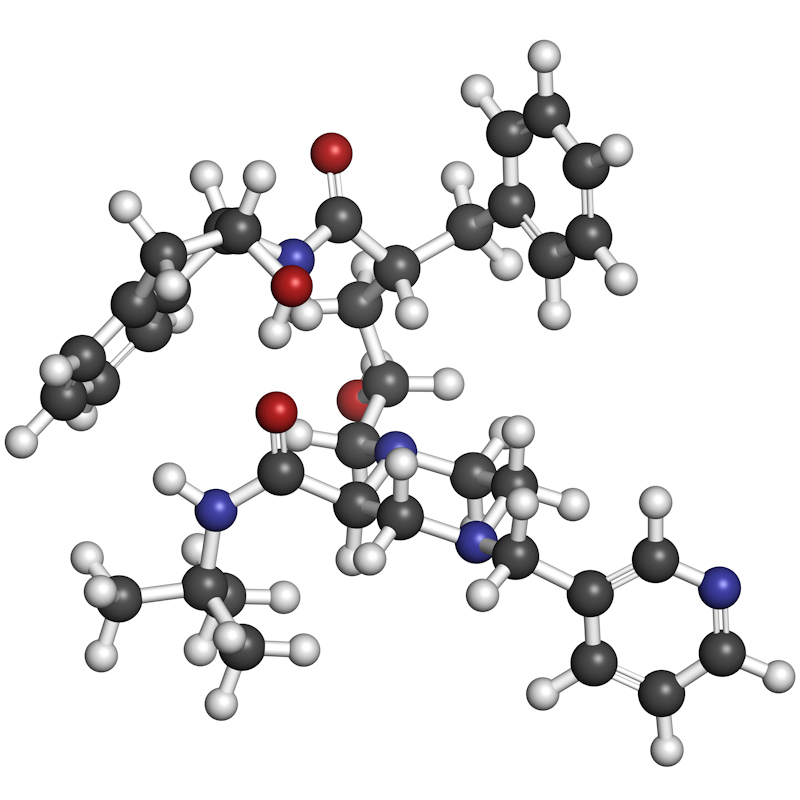
Determine the three dimensional structure of molecules
Chemical or small molecule crystallography is a technique that employs single crystal X-ray diffraction (SCX) to unambiguously determine the three-dimensional structure of molecules. When molecules crystalize (think sugar) they form a three-dimensional regular arrangement of molecules. X-rays are diffracted by crystals and the diffraction pattern so created can be measured and analyzed to determine the atomic arrangements within the molecule being studied. The technique provides accurate and precise measurements of molecular dimensions in a way that no other method can approach. The technique may be applied to compounds of both chemical and biological interest, including new synthetic chemicals, catalysts, pharmaceuticals, and natural products. A frequent use is the identification of natural products, or of the products of synthetic chemistry experiments; however, detailed molecular geometry, intermolecular interactions and absolute configuration can also be studied.
See the article "What is This?" A Structure Analysis Tool for Rapid and Automated Solution of Small Molecule Structures by Takashi Matsumoto, Akihito Yamano, Takashi Sato, Joseph D. Ferrara, Fraser White and Mathias Meyer in Journal of Chemical Crystallography.
Some of the important information that can be derived from this technique include:
|
Application notes
The following application notes are relevant to this applicationSmall Molecule, Single crystal
Small Molecule
Protein, Single crystal
Rigaku recommends the following systems:
A benchtop single crystal X-ray diffractometer ideal for self-service crystallography and teaching.
Our most popular diffractometer for chemical crystallography, configured with either single or dual microfocus sealed tube X-ray sources and an extremely low noise direct X-ray detection detector.
An extremely high-flux rotating anode X-ray diffractometer specifically configured for measuring difficult samples.
A dual-wavelength, extremely high-flux, rotating anode X-ray diffractometer specifically configured for measuring difficult samples as well as providing versatility through multiple wavelengths.
A modern single crystal X-ray diffractometer for structural analysis of small molecule samples configured with microfocus sealed tube technology and a direct X-ray detection detector.
A bespoke, extremely high-flux diffractometer with custom enclosure and the flexibility to utilize both ports of the rotating anode X-ray source.
User-inspired data collection and data processing software for small molecule and protein crystallography
A unique curved single crystal X-ray diffraction detector based on direct X-ray detection technology with the highest 2θ range at a single position available for the home lab.
A unique curved single crystal X-ray diffraction detector based on direct X-ray detection technology with the highest 2θ range at a single position available for the home lab.
Extremely low noise, air-cooled X-ray detector based on direct X-ray detection technology.
Extremely low noise, air-cooled X-ray detector based on direct X-ray detection technology.
Extremely low noise, air-cooled X-ray detector based on direct X-ray detection technology.
Extremely low noise, air-cooled X-ray detector based on direct X-ray detection technology.


